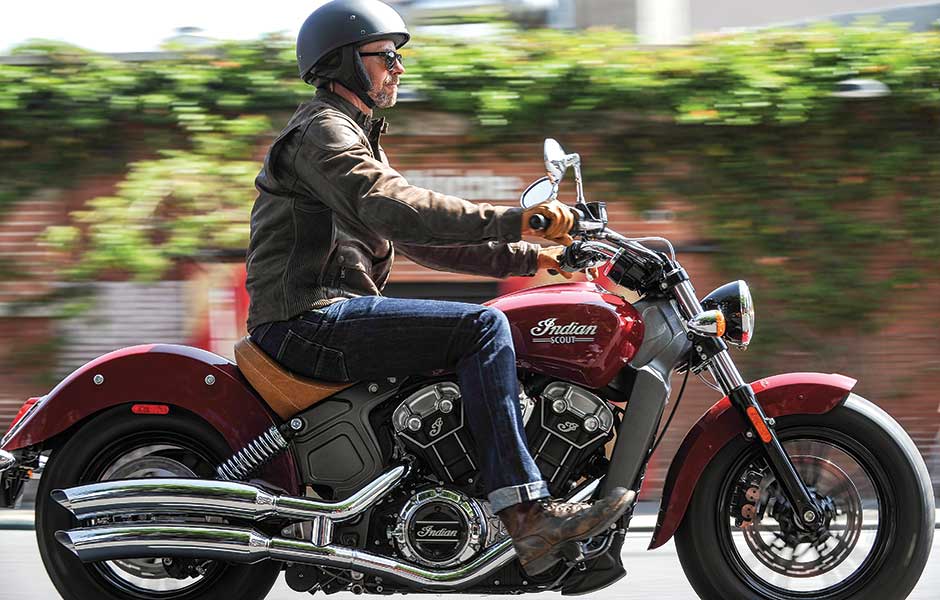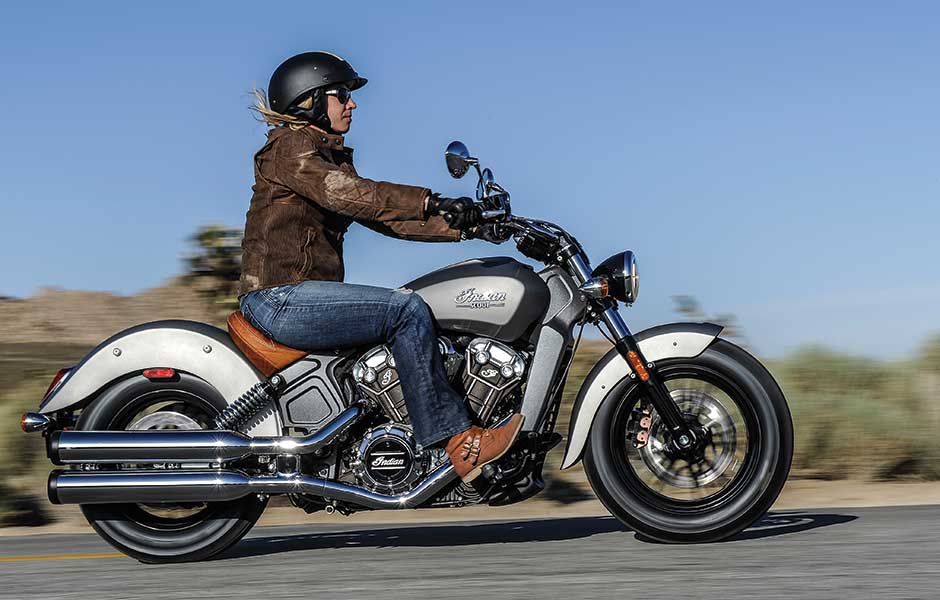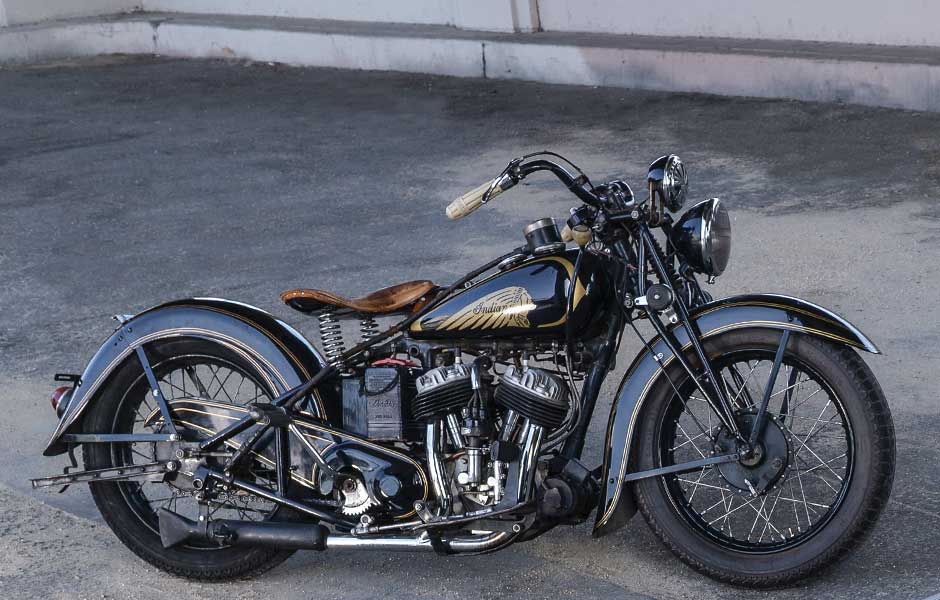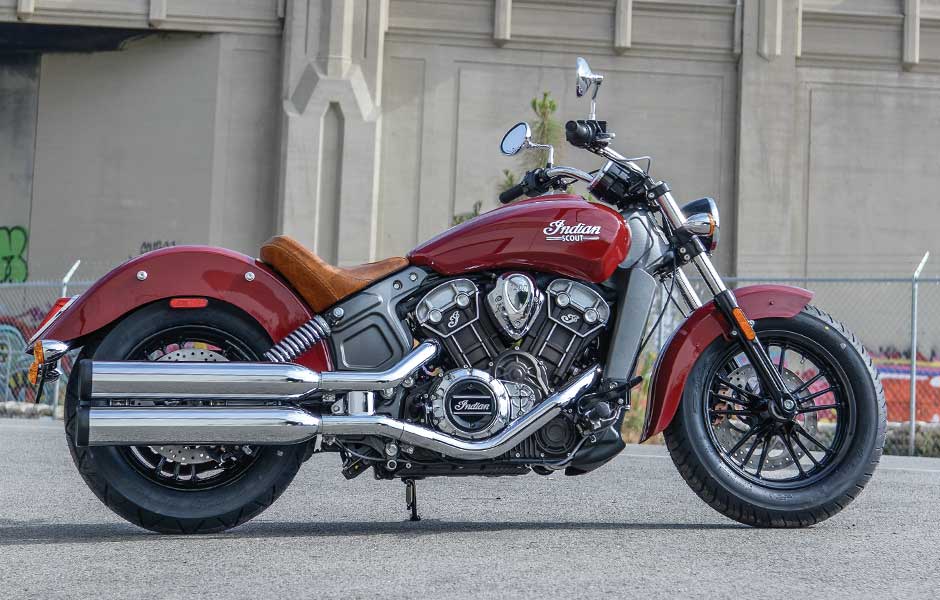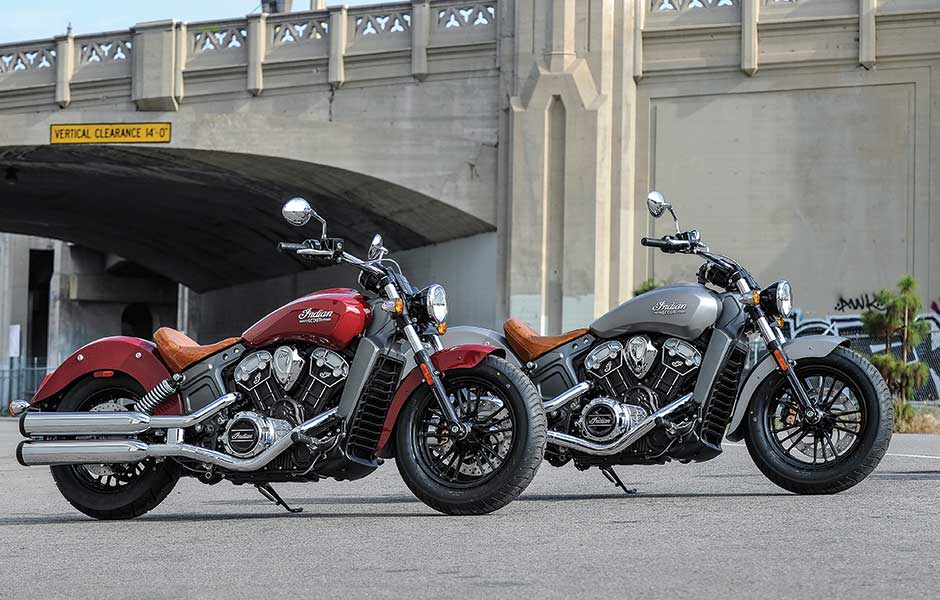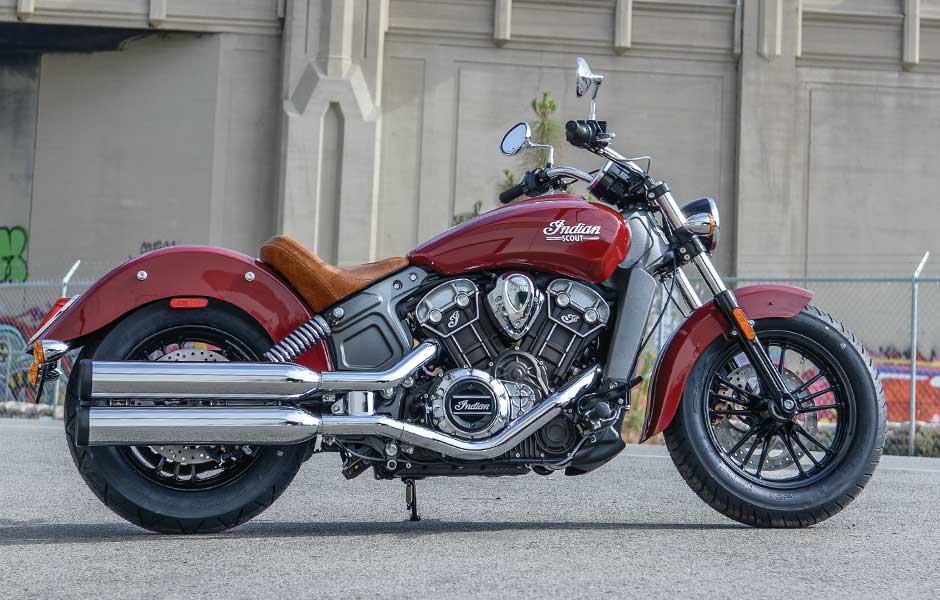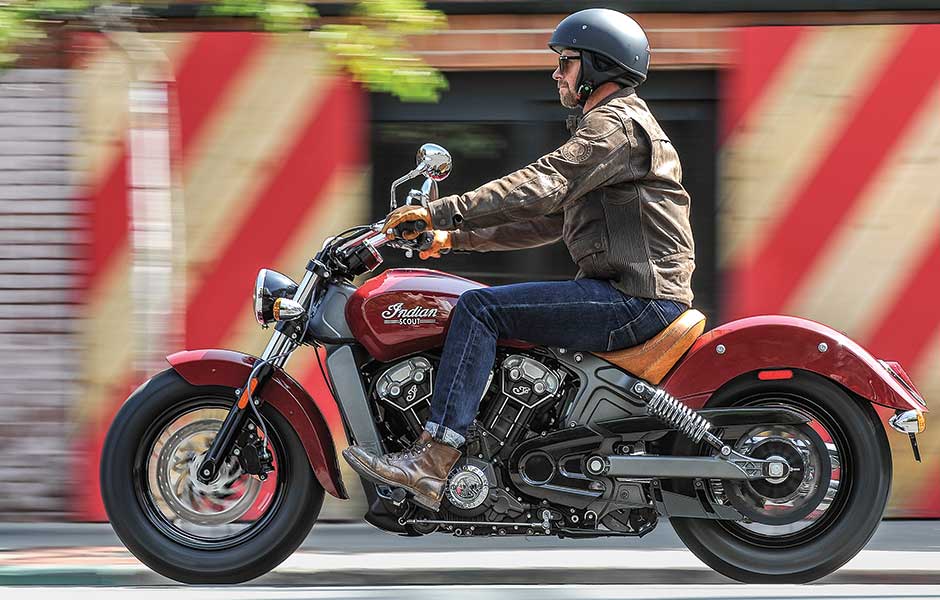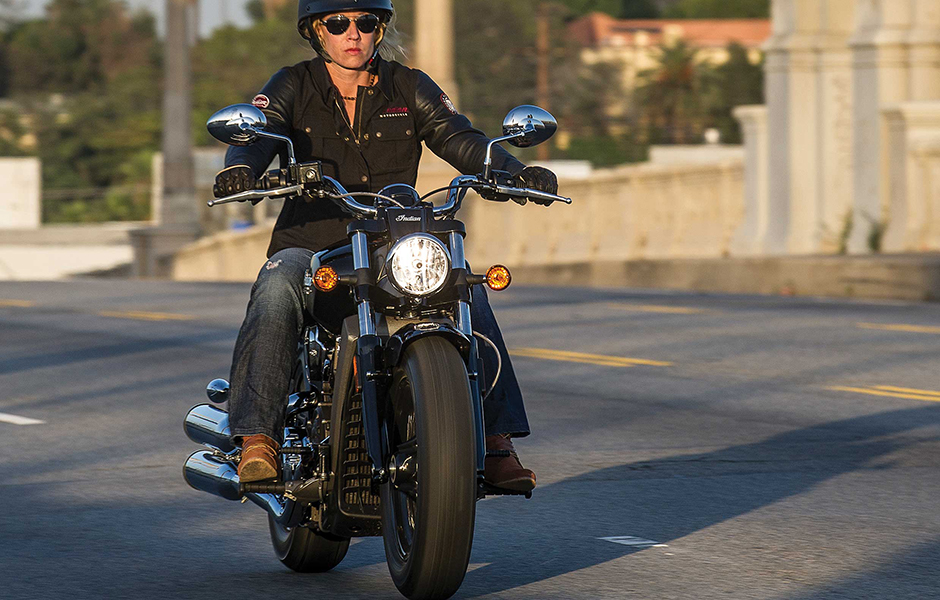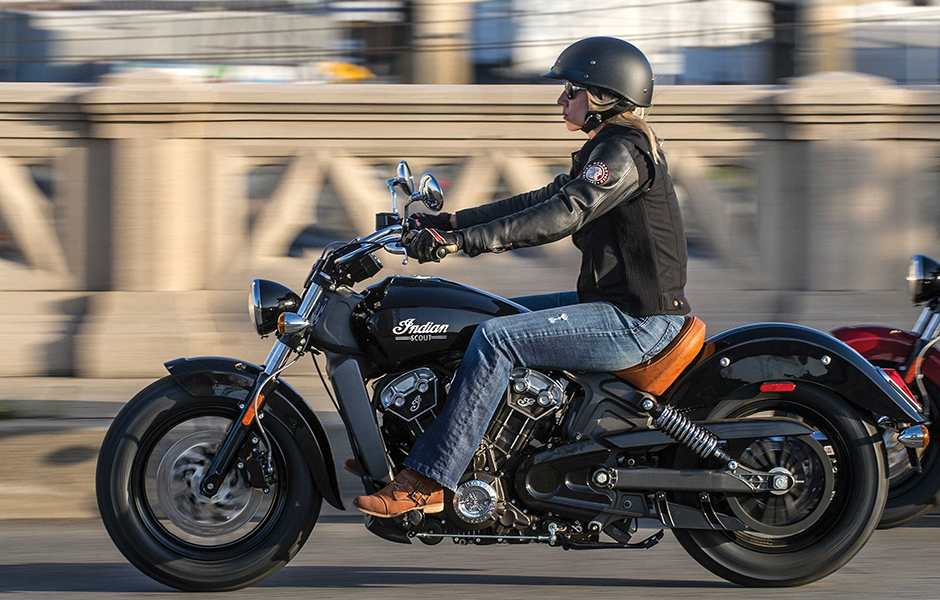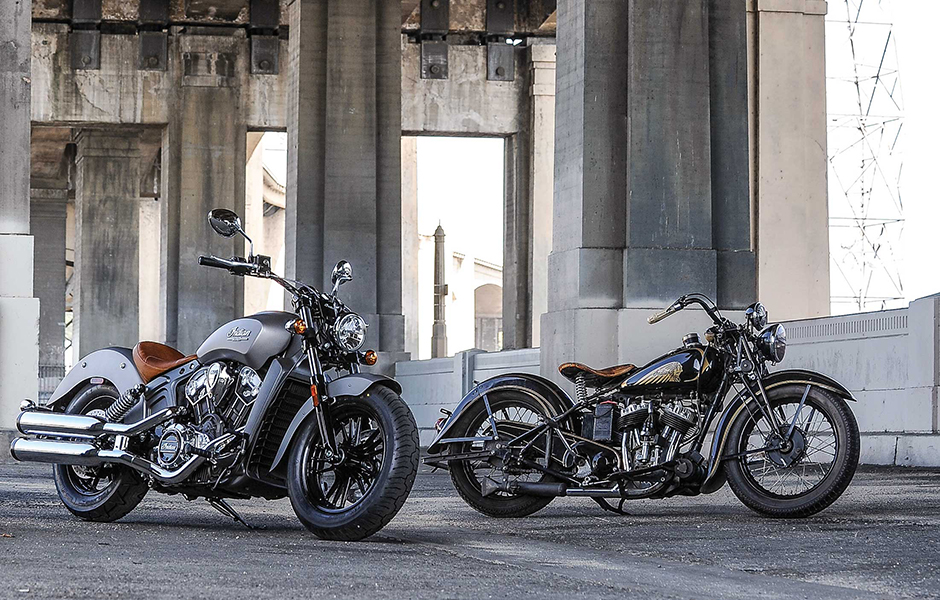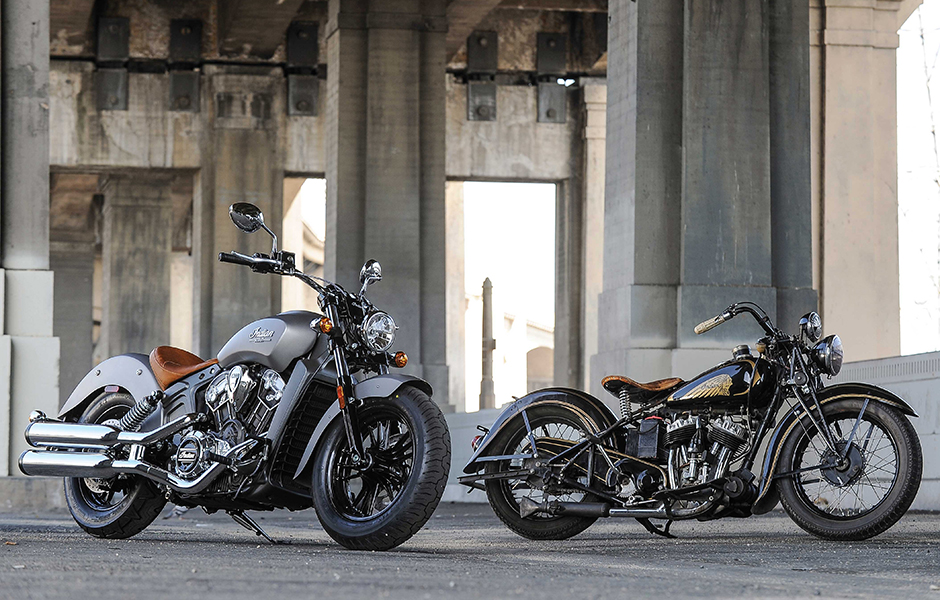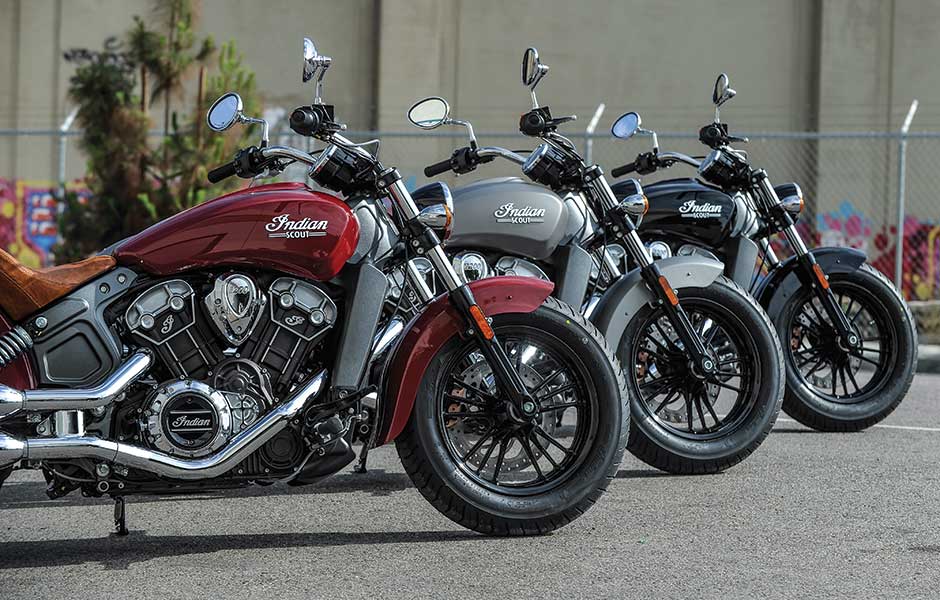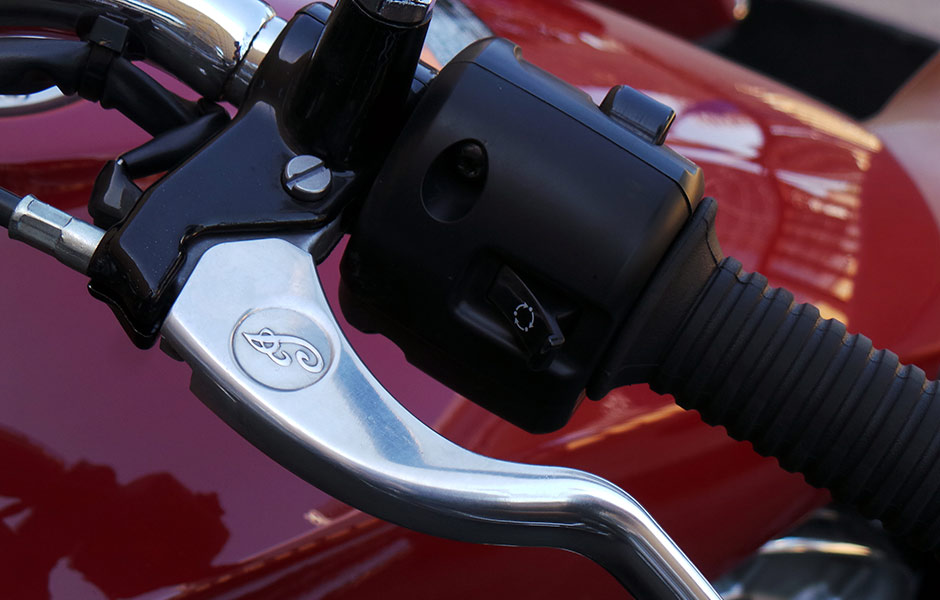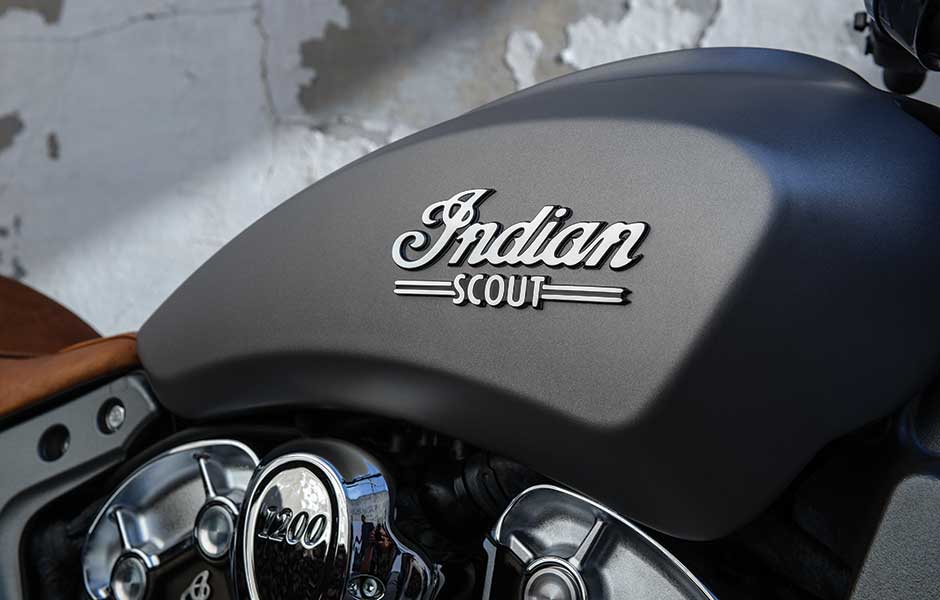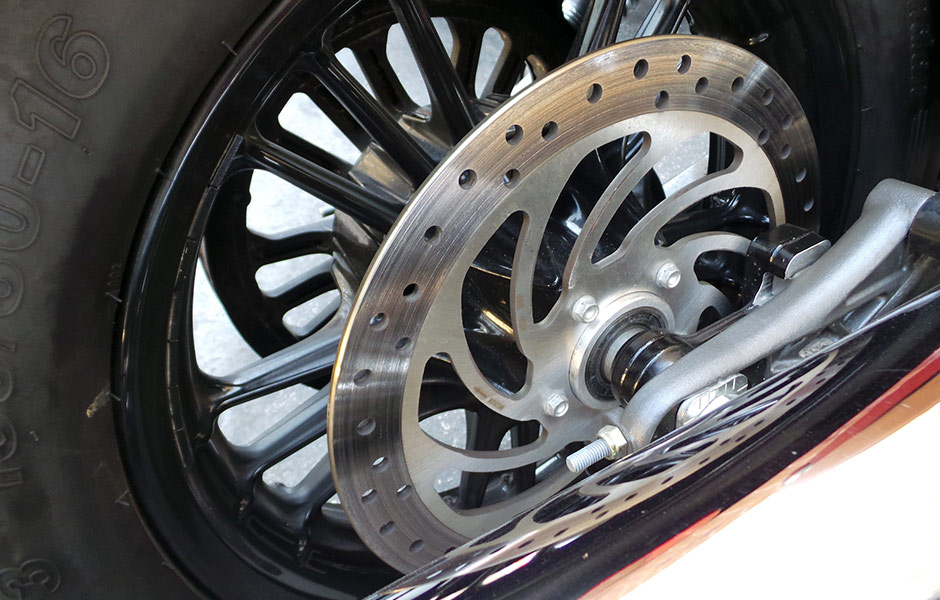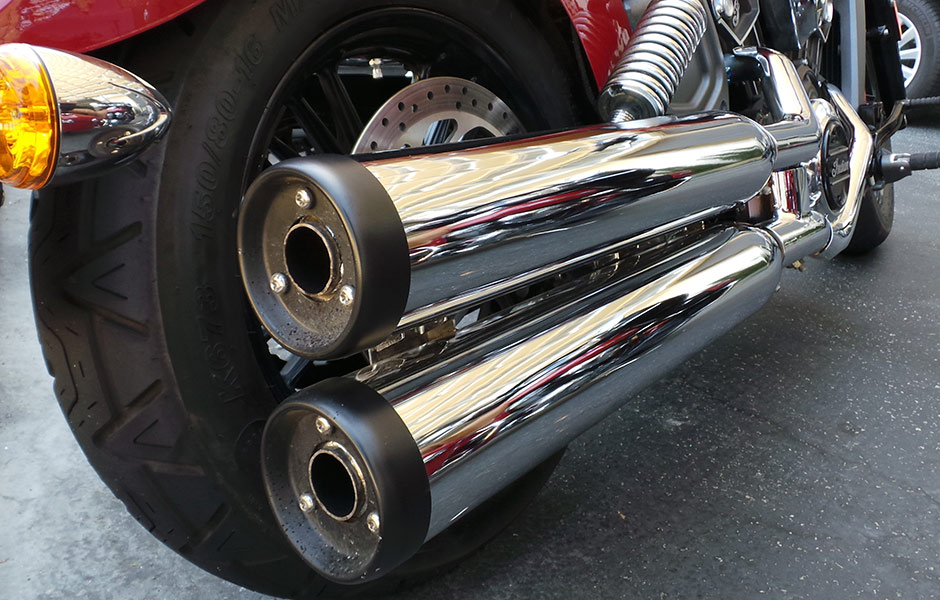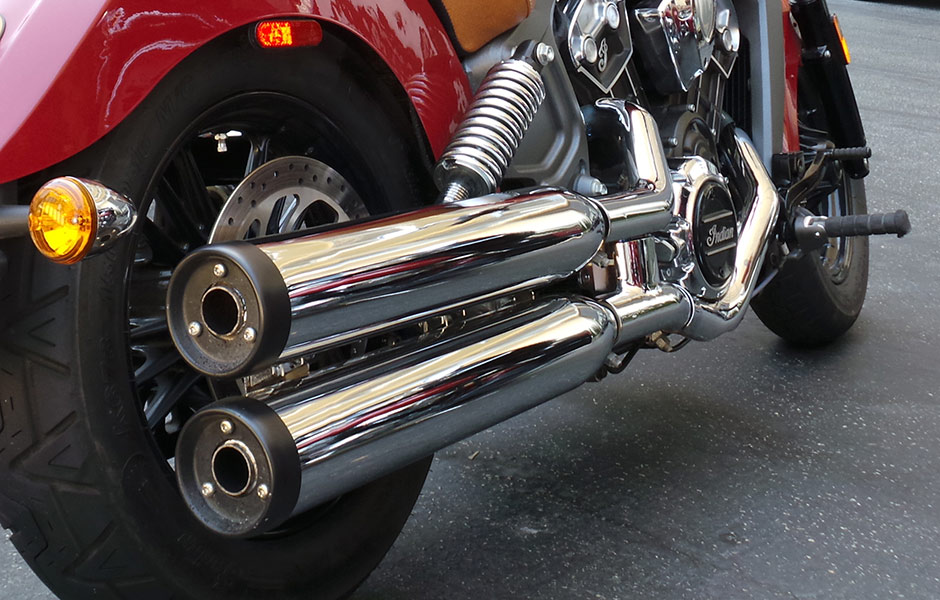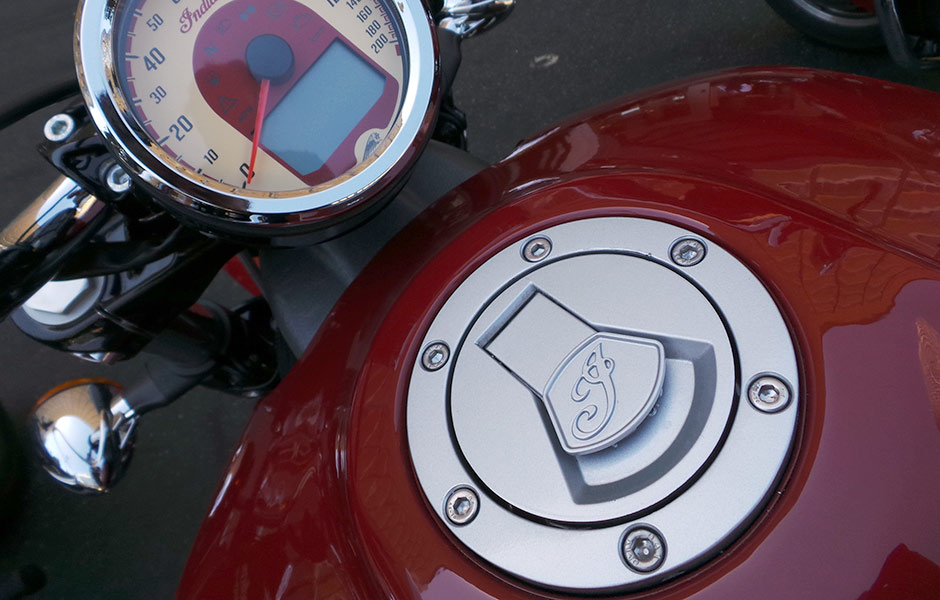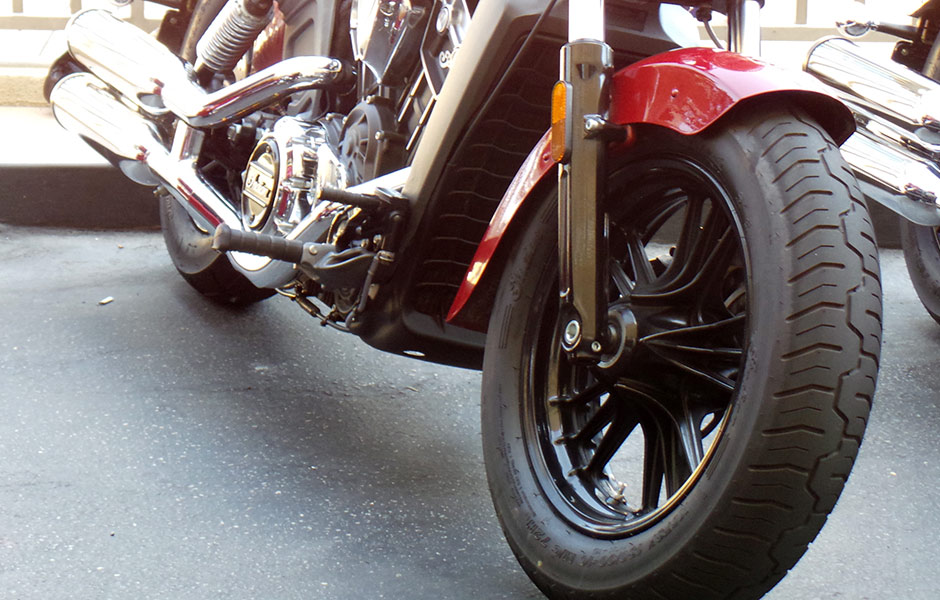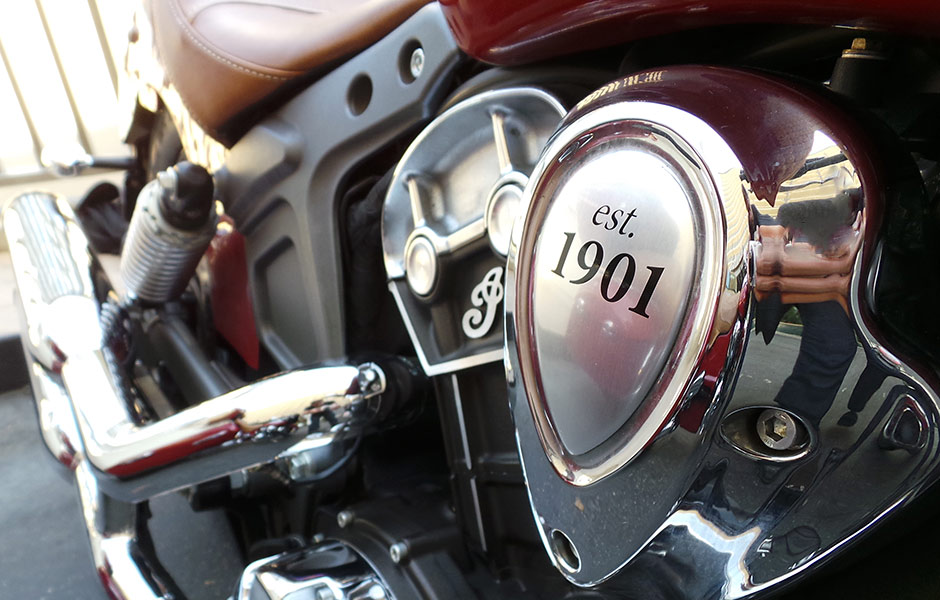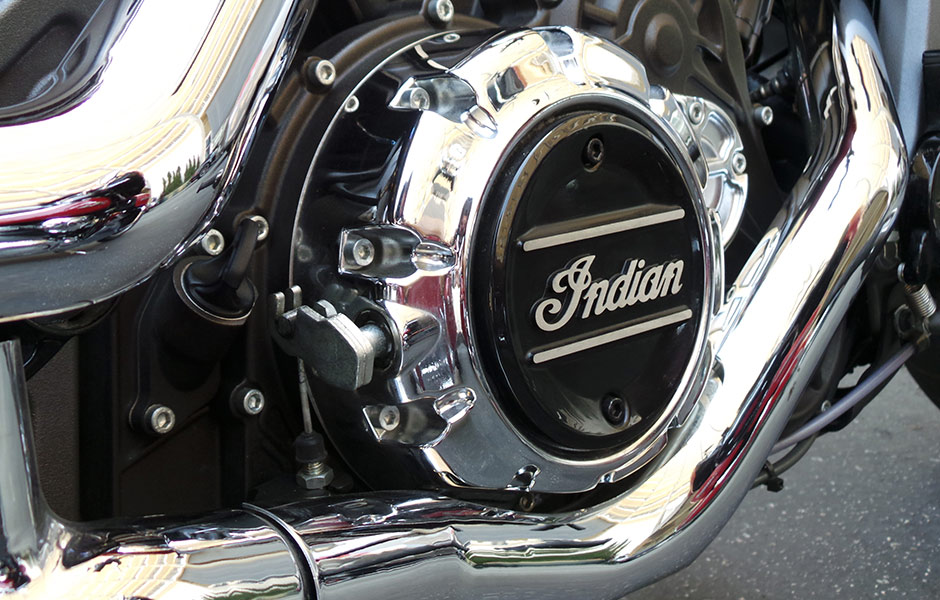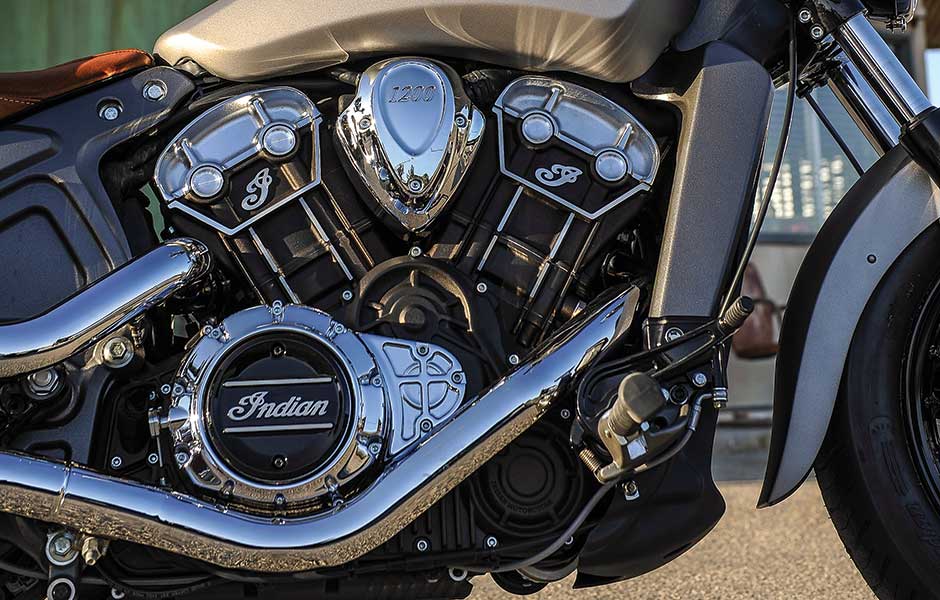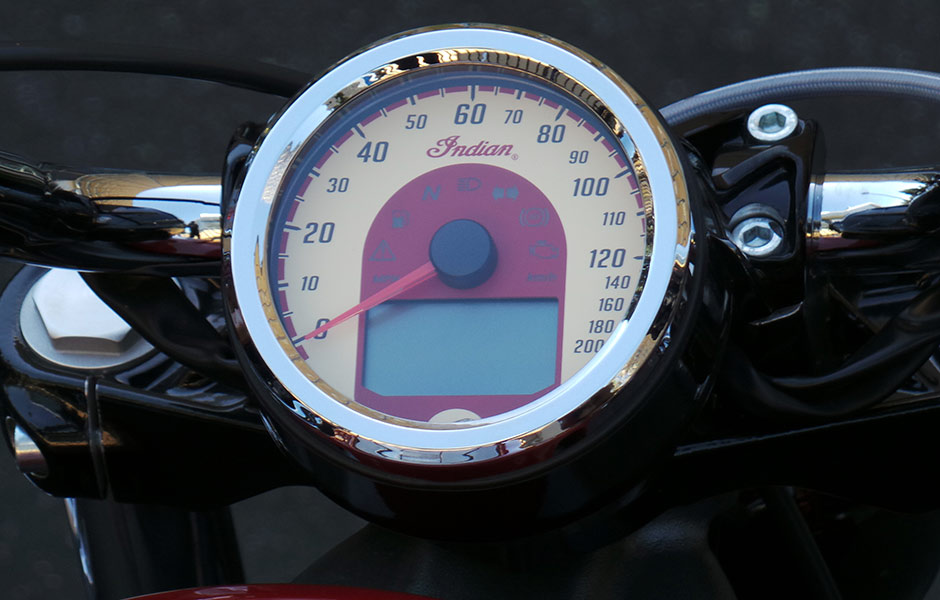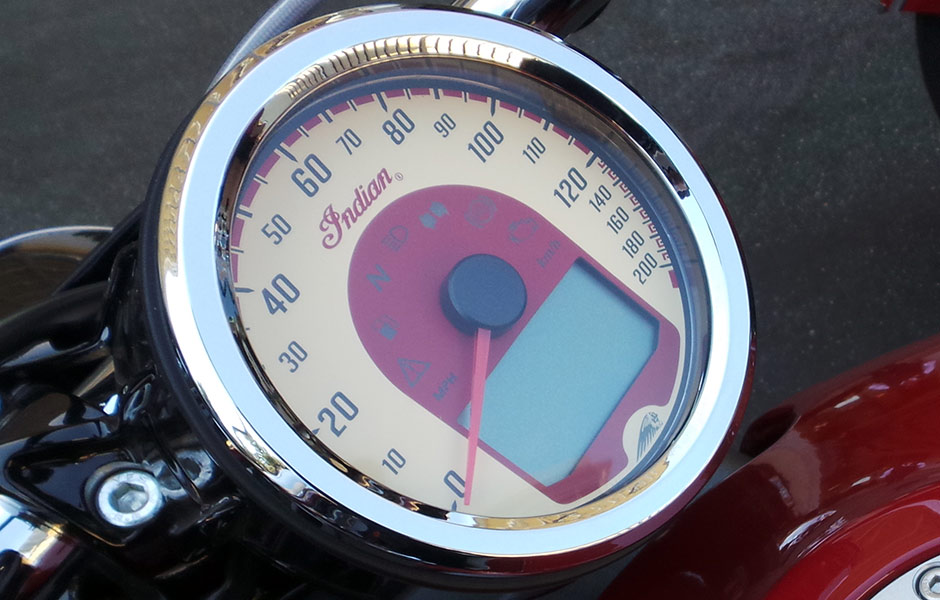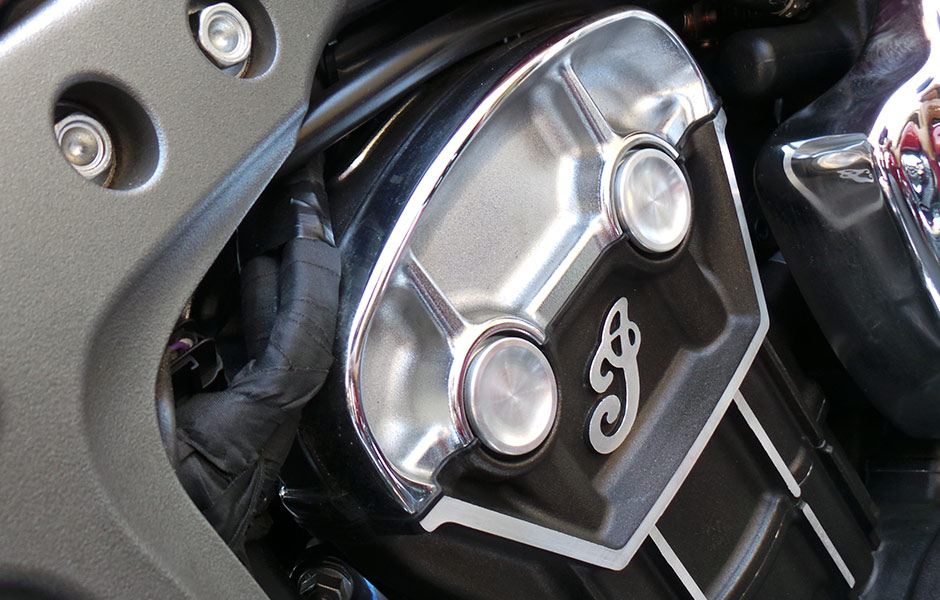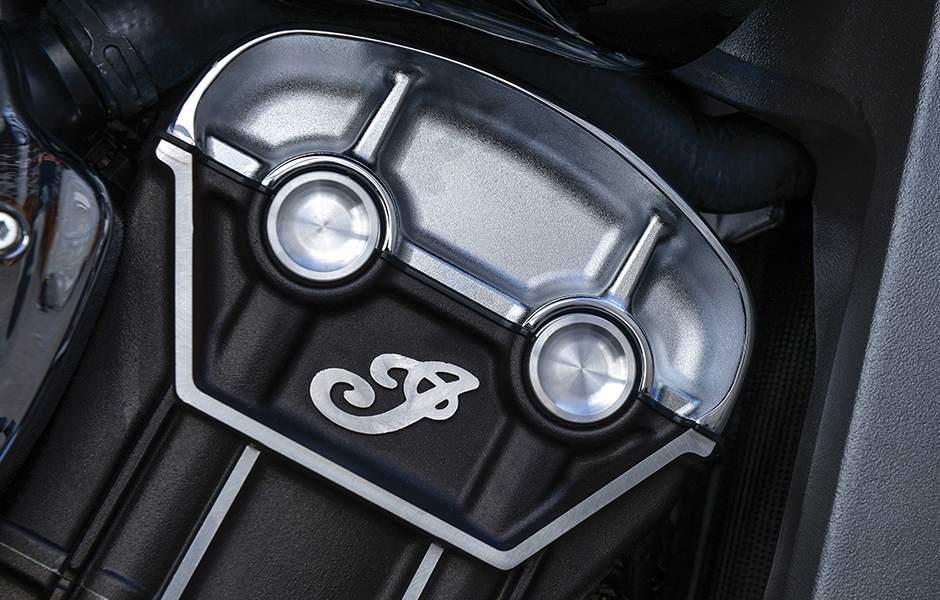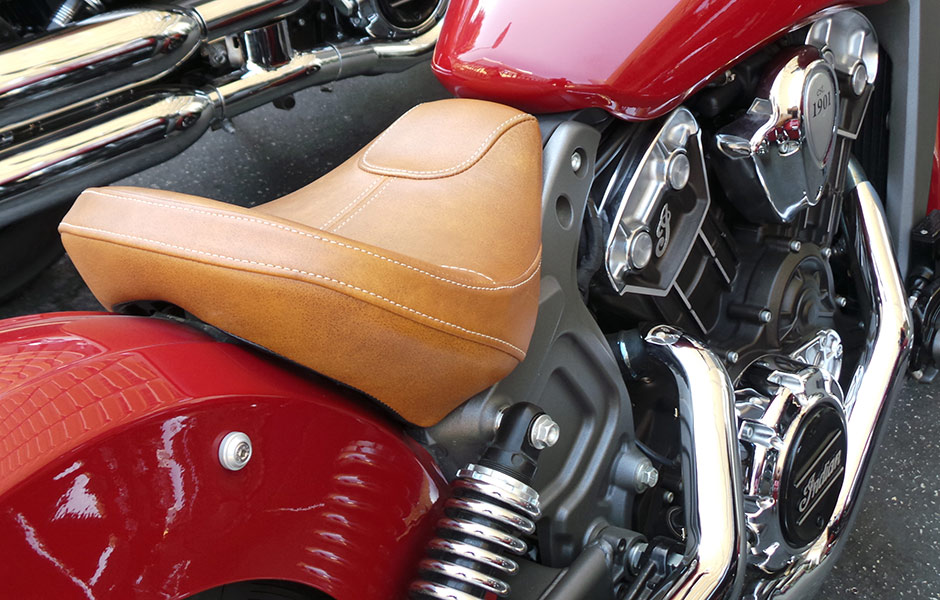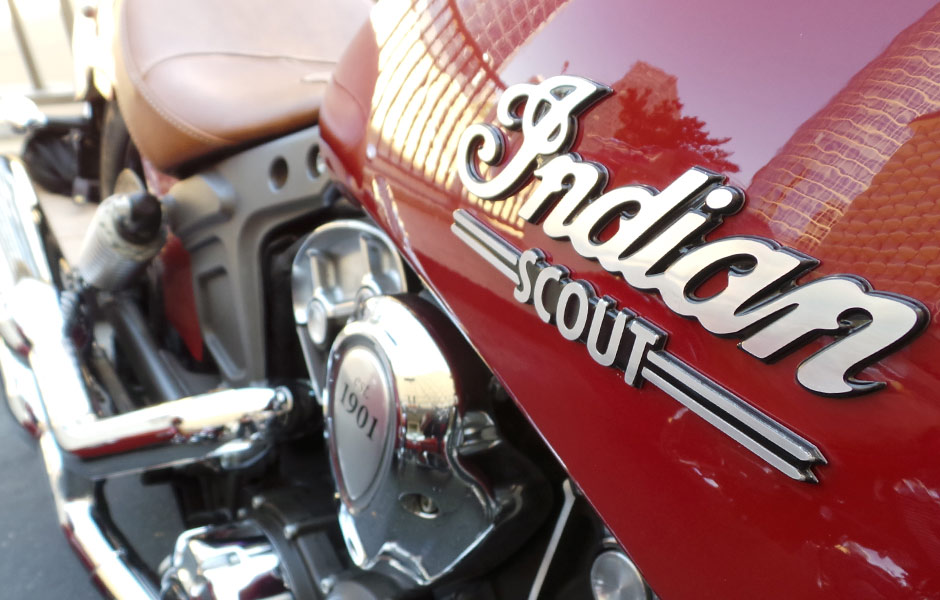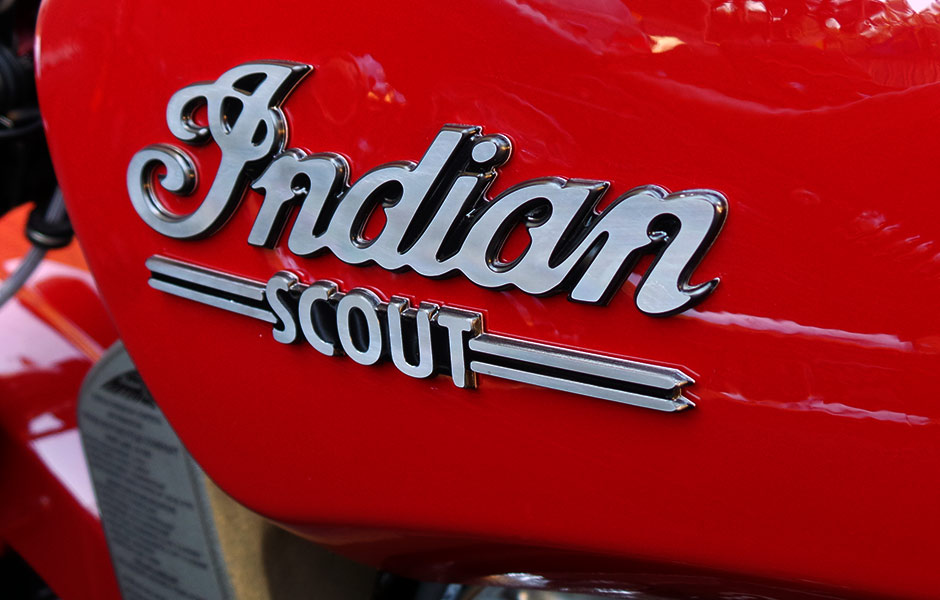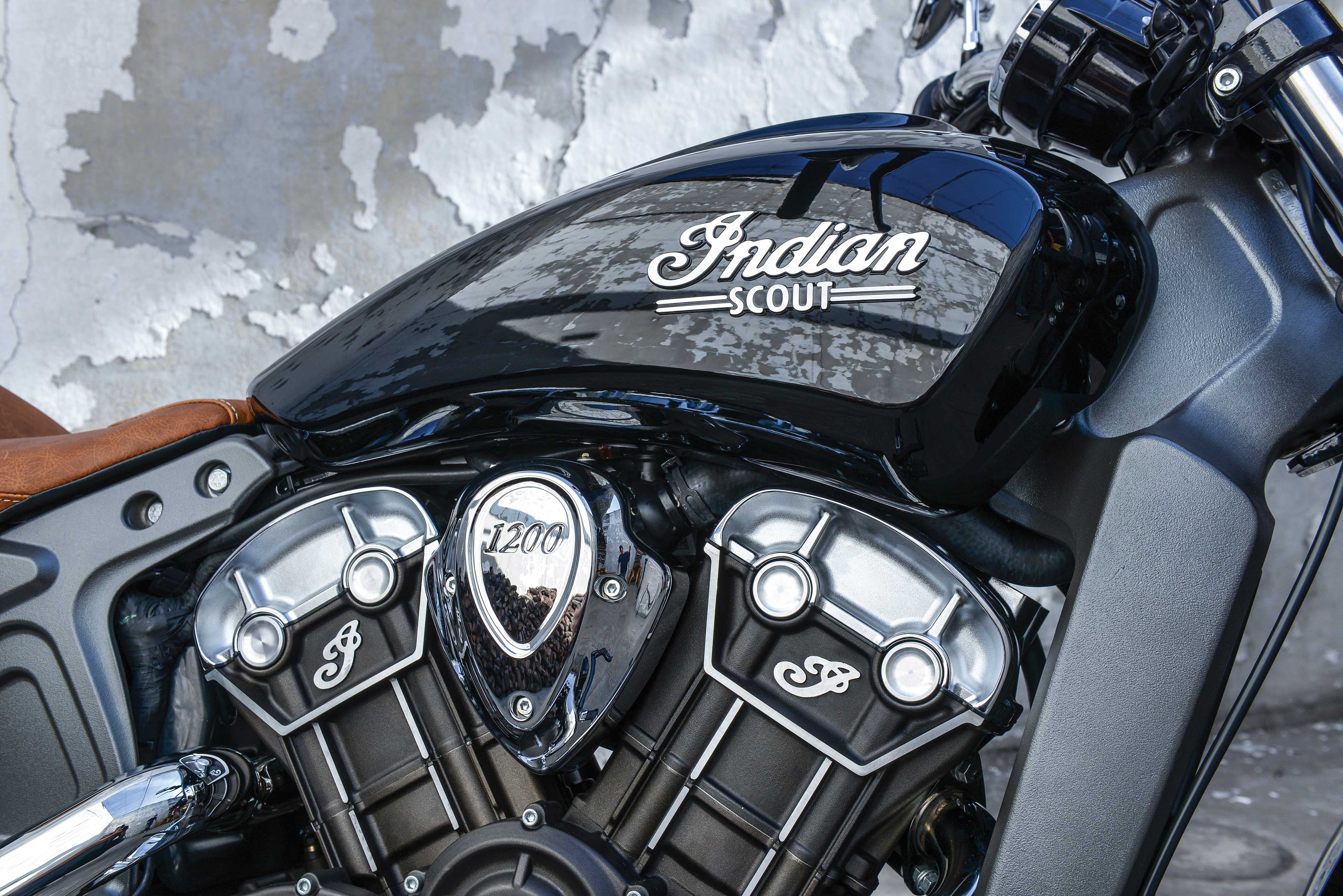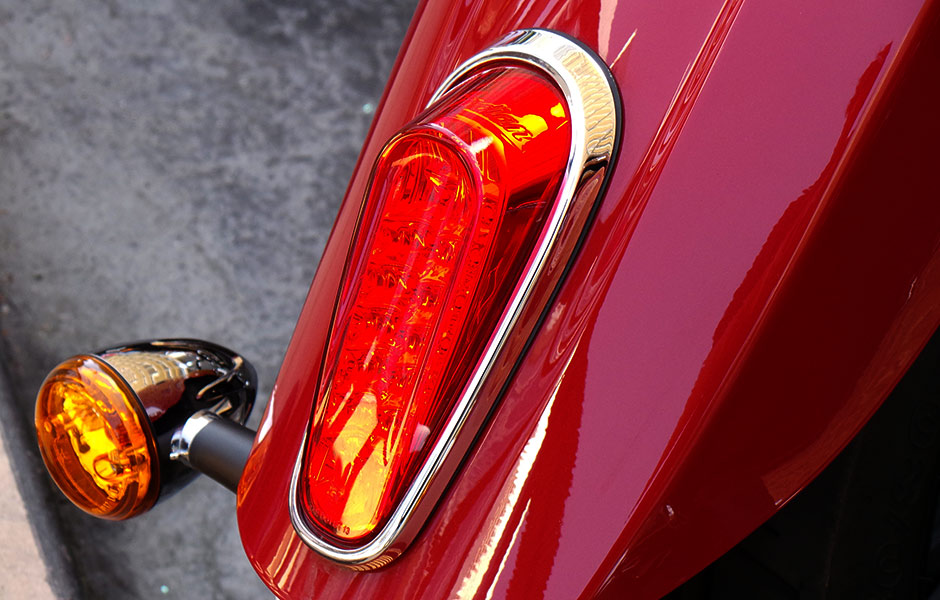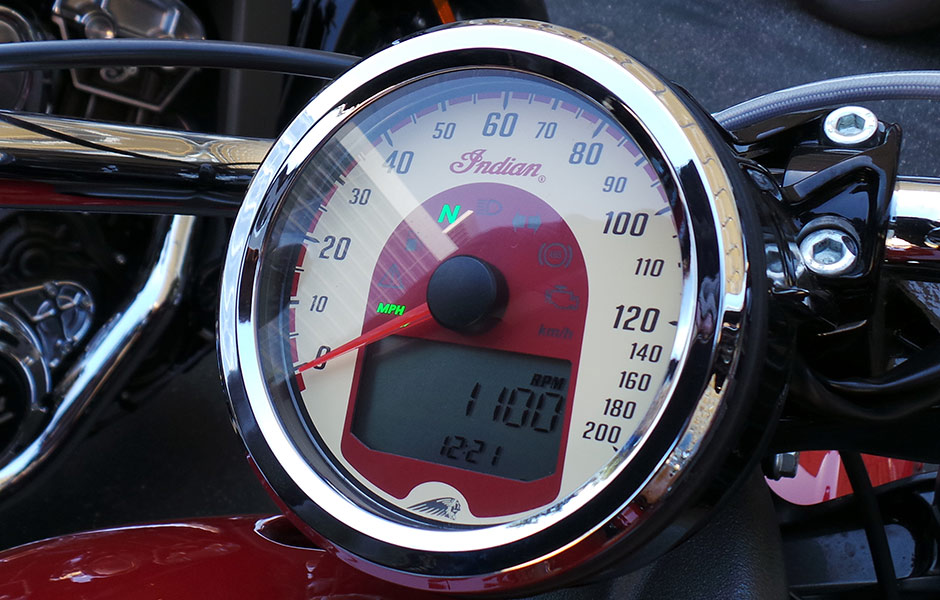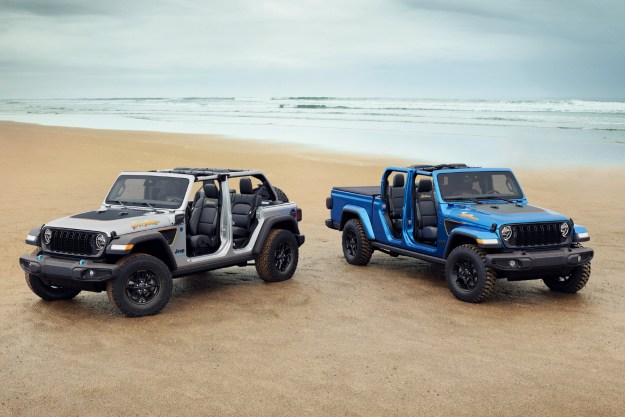- 1. 2015 Indian Scout
- 2. 2015 Indian Scout
- 3. 2015 Indian Scout
- 4. 2015 Indian Scout
- 5. 2015 Indian Scout
- 6. 2015 Indian Scout
- 7. 2015 Indian Scout
- 8. 2015 Indian Scout
- 9. 2015 Indian Scout
- 10. 2015 Indian Scout
- 11. 2015 Indian Scout
- 12. 2015 Indian Scout
- 13. 2015 Indian Scout2015 Indian Scout
- 14. 2015 Indian Scout
- 15. 2015 Indian Scout
- 16. 2015 Indian Scout
- 17. 2015 Indian Scout
- 18. 2015 Indian Scout
- 19. 2015 Indian Scout
- 20. 2015 Indian Scout
- 21. 2015 Indian Scout
- 22. 2015 Indian Scout
- 23. 2015 Indian Scout
- 24. 2015 Indian Scout
- 25. 2015 Indian Scout
- 26. 2015 Indian Scout
- 27. 2015 Indian Scout
- 28. 2015 Indian Scout
- 29. 2015 Indian Scout
- 30. 2015 Indian Scout
- 31. 2015 Indian Scout
- 32. 2015 Indian Scout
- 33. 2015 Indian Scout
- 34. 2015 Indian Scout
- 35. 2015 Indian Scout
- 36. 2015 Indian Scout
- 37. 2015 Indian Scout
- 38. 2015 Indian Scout
- 39. 2015 Indian Scout
- 40. 2015 Indian Scout
- 41. 2015 Indian Scout
Minneapolis-based Polaris didn’t really need to take on the legacy of the Indian motorcycle brand, which has been a literal bad penny for whomever took on the marquee following its death in 1953. Polaris was already doing well enough with their Victory line of cruisers and tourers, along with their diverse portfolio of ATVs, snowmobiles and even military gear.
But take the chance they did, and those of us who have watched the at-times sordid attempts to bring the hallowed brand back from the dead over the last few decades were finally, at long last, able to hope against hope that Polaris wouldn’t muck up the deal as so many had before.
Now, one year after the unveiling of the well-received Thunderstroke-based Indian Chief lineup revealed at Sturgis in 2013, there’s no longer a need to hold out hope.
Now, it’s time to ride.

On the anniversary of Indian’s big rebirth party and the rollout of three models built around a 111-cubic inch Thunderstroke V-Twin platform, Indian has added another intriguing machine to the lineup. But this time, it’s the lighter-weight, more nimble Scout, a liquid-cooled, 100 horsepower dose of cool that anyone considering a cruiser should place high on their wish list. Very high.
Back in the pre-war era when Indian was selling bikes as fast as they could make them, the “little” Scout was the bargain bike, the capable, nimble little brother to the big boy Chieftains and Fours.
Today, while the new Chief line of bikes are well-received and capable big-inch rollers, the Scout is the bike for those of us who have not yet sold our sportbikes but just miiiiight be looking for something a bit more… relaxed. But still something able to get the blood pumping- and something we can be proud to be seen on.
I recently got a chance to put more than a few miles on the new Scout during a press rollout in Los Angeles, and while other bike makers keep riders in tightly controlled groups on assigned routes, Indian’s people basically treated me like their daughter’s prom date – when that daughter has a black belt. They tossed me the keys to the Scout and essentially said “have fun, be home by curfew. Or whenever. Just don’t be stupid.”
And I was off.
Simple, powerful and great looking, the Scout (mine was the appropriate Indian Red) fires quickly and fuel injection feeds a liquid cooled V-twin that’s devoid of cooling finnery and any other pretense. The Indian logo-embossed piston sleeves conceal 1137cc of firepower, producing the claimed 100 crank horsepower and 72 foot-pounds of torque. That horsepower number is far, far beyond what the competition – namely, the Harley-Davidson Sportster – is offering both in terms of outright juice and performance at this price point, which is a buck under $11,000 for the Scout in gloss black. Red paint is apparently in short supply at Polaris, so add $200 there.
Click the 6-speed box into first gear and the torque begins to flow as the Scout joins Los Angeles traffic, which is not light, as usual. Also, it’s 90 degrees out. While stuck idling behind a diesel-spewing delivery truck at a long light, a rider on a street-fightered Aprilia rips by between lanes. Oh right, lane splitting is legal here. I pop the slender Scout into gear and snake between the lanes up to the front behind the Aprilia, and when the light turns green, the Aprilia rider hits fast forward while I play it a bit more cautious and just outpace the car traffic traffic to take the lead, and then split the cagers up to the next light. And… repeat what seems like 50 times until I sniff out the Highway 2 freeway entrance.
Roll on the gas on the onramp and the Scout gathers momentum quickly as revs build, but the engine remains smooth, with just a hint through the bars at low revs (say, under 5,000rpm) to remind you it’s running. Fueling is precise and predictable, with no off-idle stumbles or hiccups to ruin the fast-flowing river of torque. Clutch engagement is smooth and progressive. Gas it and drop it and the bike just hurls forward with minimal clutch slip. The stock pipes mute any war cries from the Indian, but they look good and actually sound decent. Some alternative options will certainly open up the aural entertainment.

Before handing me the keys, Robert Pandya, External Relations Manager for Indian Motorcycle, advised I try to sample the Scout’s cajones by dialing up some revs in second gear, and as I crest the onramp to the freeway, it’s surprisingly light traffic so I gas it and the Scout charges forward like its tail is on fire. The digital tach, which reads in numerals, spins up past 8,000rpm, but the tach is hardly needed as strong buzz through the bars tells me it’s time to shift. I click to third and roll it on again. The speedo crests 100 like it’s 50 but the Scout is closing fast on backmarkers, so I grab the brakes (big single discs with ABS on each wheel) and match speed to traffic, which at the moment is going 80 or better. I bang the Scout up to 6th in short order and Highway 2 begins to climb out of L.A. proper to meet up with the 210 as the traffic thins out.
Climbing the hill in 6th gear is no hardship as the Scout still supplies decent acceleration in top gear, even going up a considerable grade. But this is a cruiser like few others, so faced with some semis chugging up the ascent, I click it to forth and again pour the coals to the motor, which responds with immediate velocity. The Scout’s steering is pretty much much dead-nuts neutral, and while I’m not a huge fan of the big-tire-on-the-front-wheel look or approach to handling, it does not seem to affect the Scout’s prowess at knifing through traffic on the freeway or on surface streets.
Part of that stability can be credited to the frame design, a CAD-CAM amalgamation of formed aluminum and steel parts with nary a tube to be found. Even the radiator shroud is part of the frame system. It’s clean and neat. Indian says the geometry of the new bike is very close to that of the original, and even the lines of the bikes are close. But modern technology has blunted the hands of time, and the twin nearly horizontal shocks coupled with a compliant but controlled front end suck up the endless freeway imperfections (and a few stray car parts) I encounter while blitzing slower traffic. It’s a fun, easily controlled bike to ride, and it begs you to keep dipping into the power because, hey, liquid cooling. Bring it on.
What’s more, the bike is eminently comfortable. At six-one and 230, I’m not a little guy, but the Scout never felt “small” to me – if fit just right. I suppose one nitpick would be the forward peg placement, which isn’t ape-hanger posture forward, but also not in the neutral position under the seat, which you find on most Sportsters. It’s, shall we say, “standard cruiser.” I missed the pegs a few times at the start of my ride but changed habits quickly enough. The bars are just right by me; swept back a bit but not radically so. Indian has stayed true to the sporting spirit of the original Scout – outside of the pegs.

The stock solo seat is also a highlight and not just because it looks great with that tan leather and stitching. It’s also quite comfortable, and for a good long while. Somehow missing the sign pointing to the 405 that would have brought me back to the hotel, I miss the exit and meander down the outskirts of tinsel town for another 20 miles before realizing the error of my ways. After texting my apologies, I double back and put the hammer down yet again before traffic bunches up as the center of the metropolis comes into view. The highway twists and winds as the traffic flies in close formation at 75mph, but I feel confident on the Scout. Even the few times I have to hit the brakes to make room for an aggressive driver, the Scout is stable, predictable, confidence inspiring.
I roll back up to the hotel after three hours on board the Red Scout, which is about the limit of a single session on the seat for me. But after a quick lunch, I could easily go back out and head for the beaches.
Looking over the glossy red Scout as it ticks down from my ride, I’m smiling. The two words that the echo in my head are “fun bike.” Faint praise? Hardly. Because the next words that come are “great looking, too.” In a cruiser, that’s a rare combination.
Polaris – a la Indian – really did their homework on the Scout, even though they didn’t have much time, and the result is a near-perfect mix of style, speed, comfort and cool. It’s the cruiser for guys (and girls) like me, who are keeping a sport bike in the garage for that kind of riding, but also want something a lot more comfortable, casual and cool – but still powerful and capable – for the rest of our non-hyperspace motoring pleasure.
With the Scout, Indian has nailed the sweet spot for a performance middleweight cruiser. Heck, I’d even pop for the red paint.
